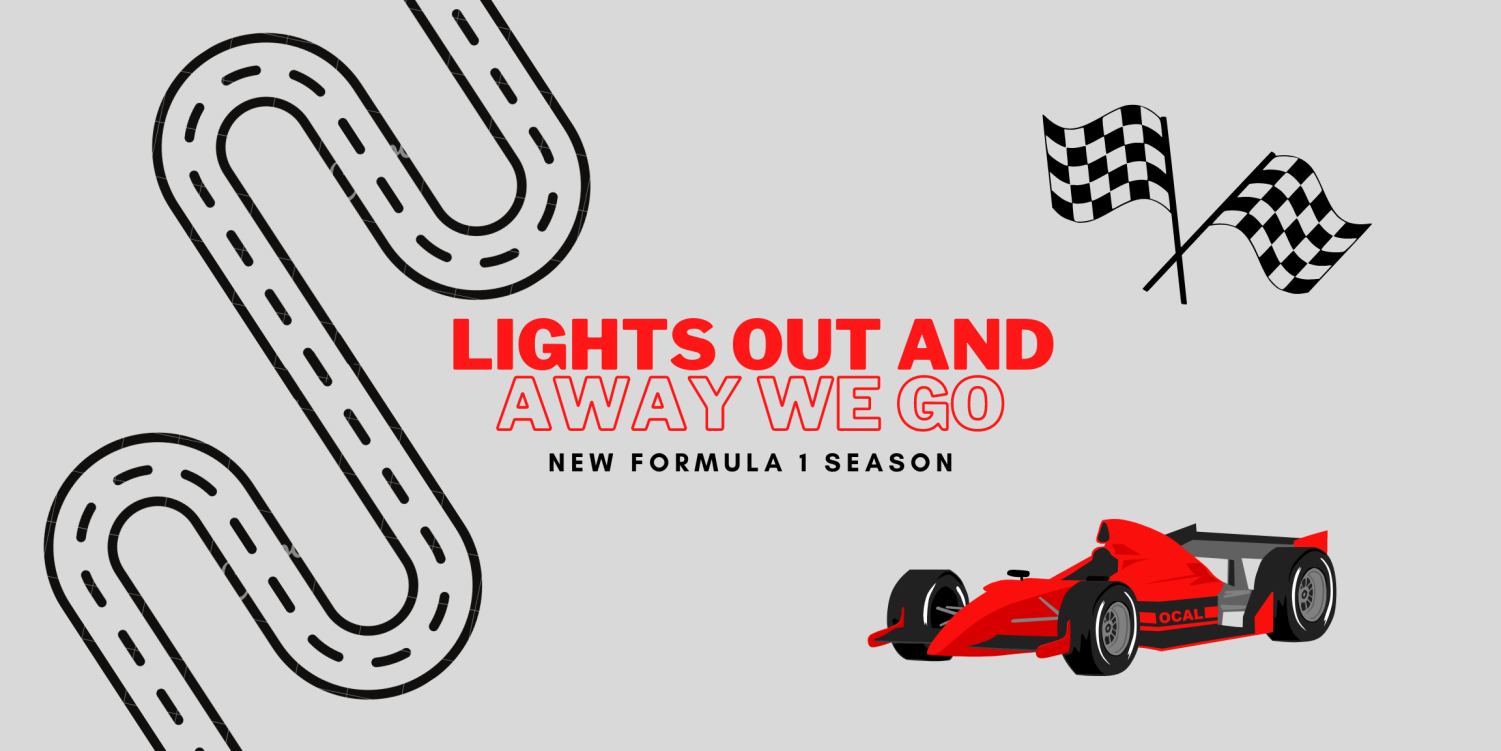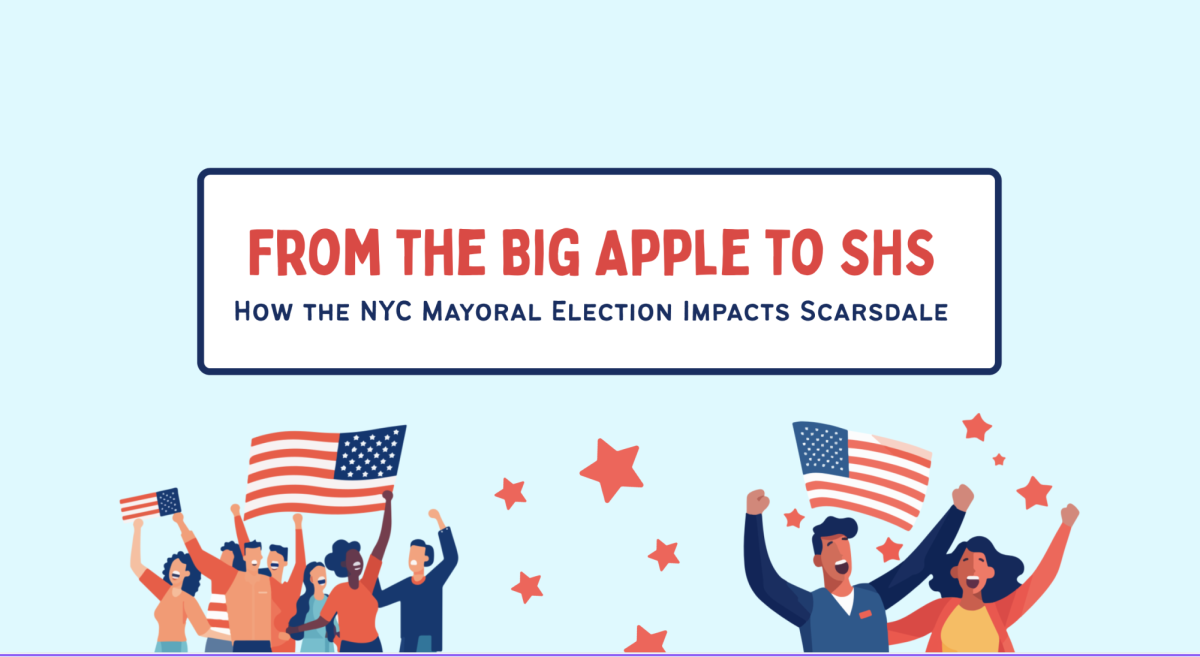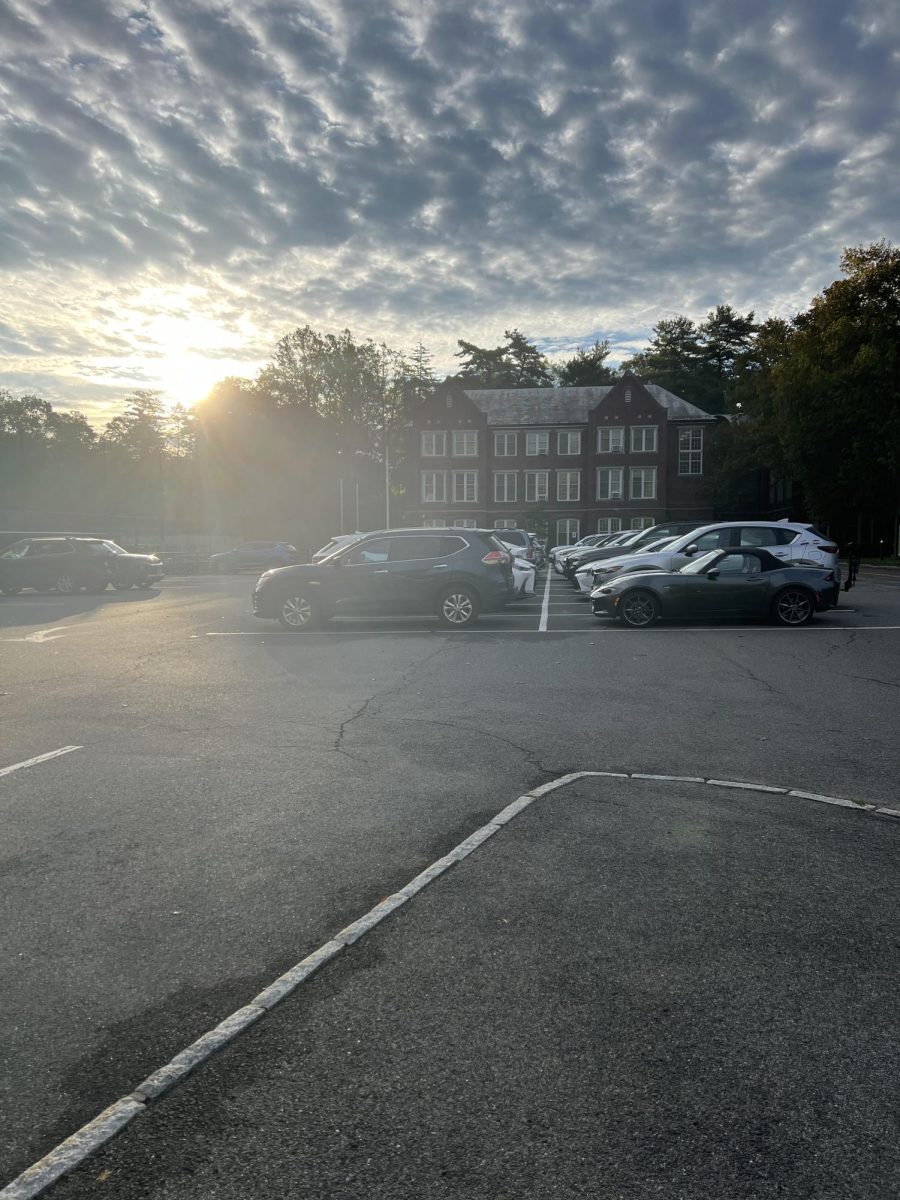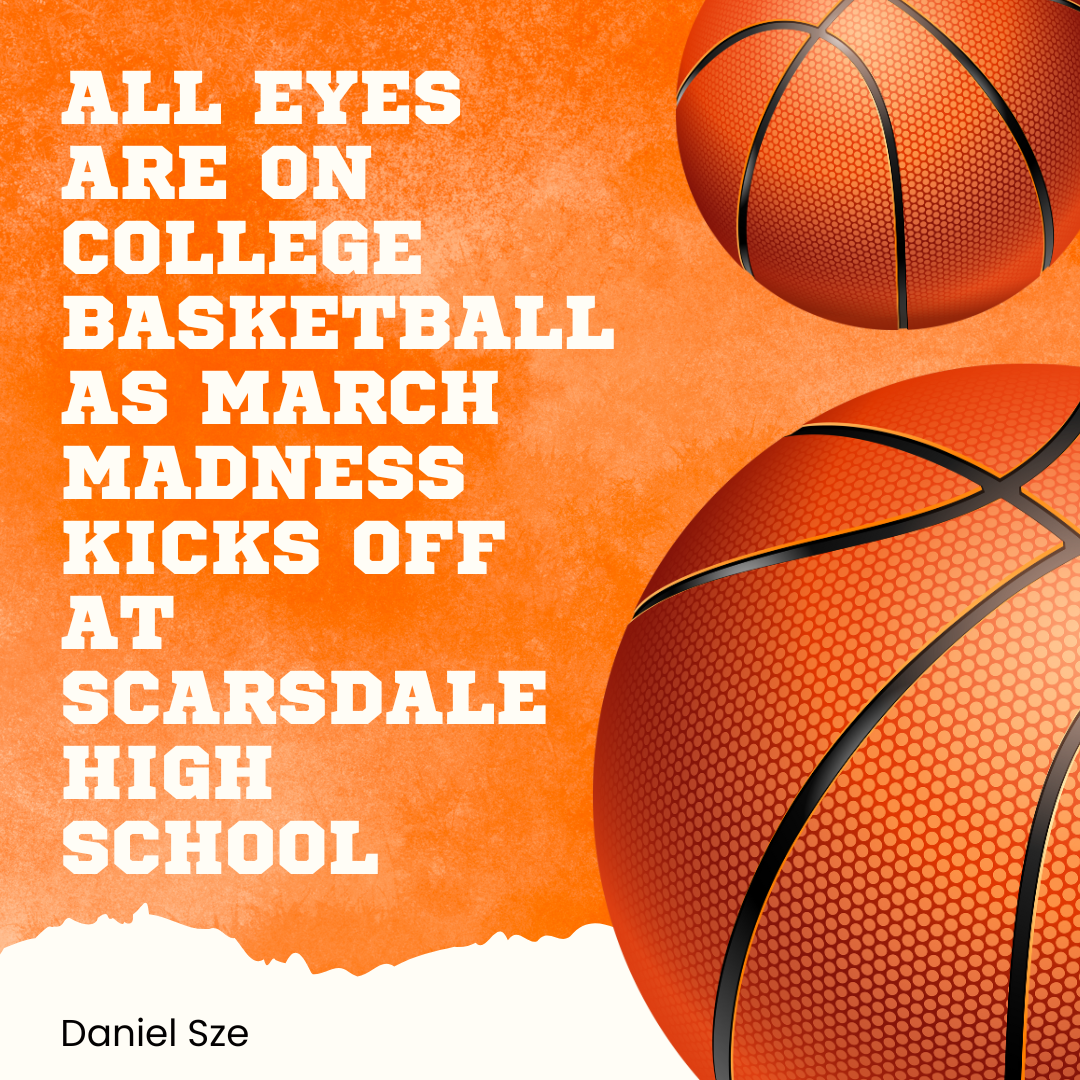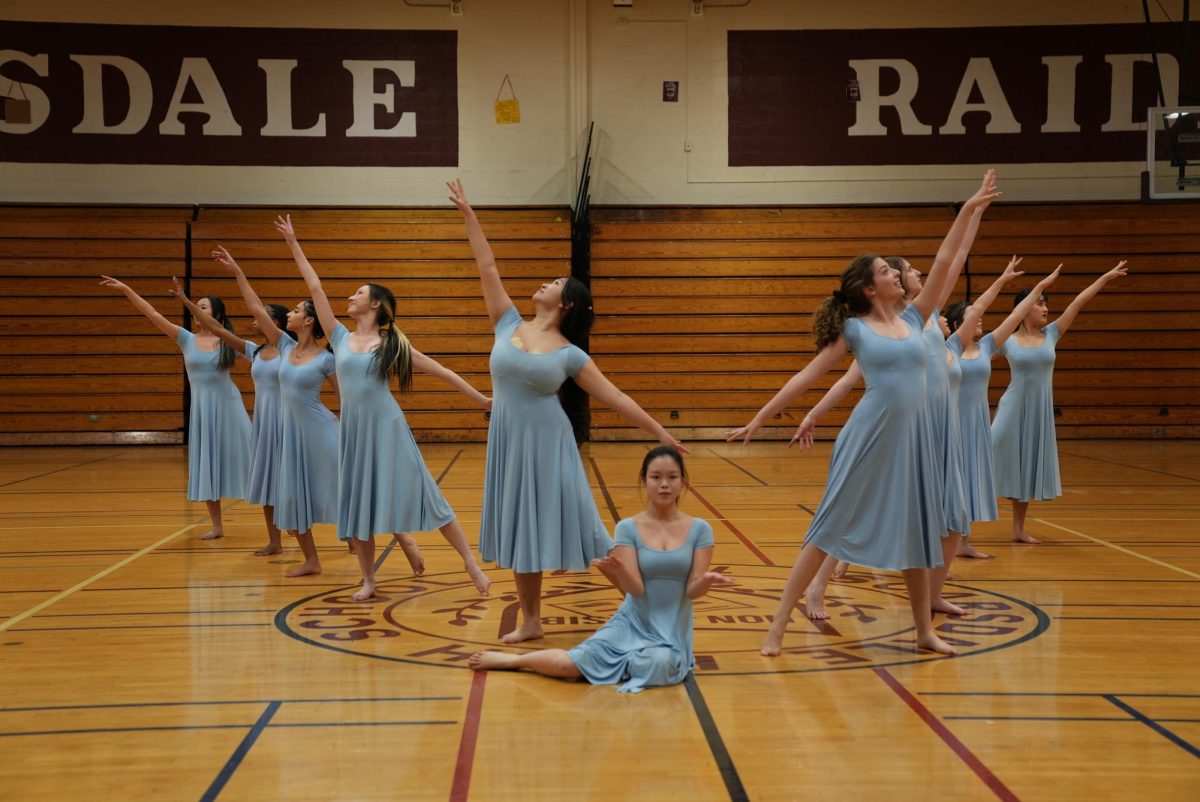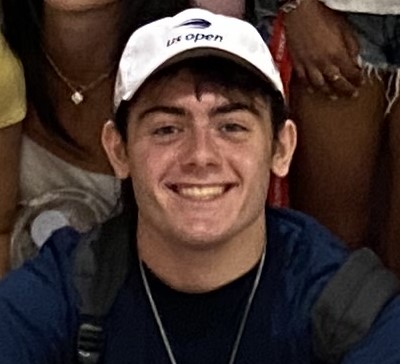As Formula One fans across the world rev their engines for this weekend’s start of the new season, the 2022 campaign is set to be more competitive and thrilling than ever. With the introduction of new car regulations and budget capping measures designed to improve racing and increase competition, the stakes have never been higher and the fans are in for a true motoring spectacle.
F1 visits 20 or more countries each season and offers the highest class of international racing, featuring open-wheel single-seater racing cars that compete on both purpose-built circuits and closed public roads. F1 cars are the fastest regulated road racing course cars in the world. Points are awarded to the drivers and teams based on where they finish, and the driver and team with the most points at the end of the season is crowned world champion.
This past year was monumental for Formula 1. In the closest title fight ever, the battle came down to the final lap of the final race with Mercedes’ Lewis Hamilton and Red Bull’s Max Verstappen duking it out in Abu Dhabi for the world champion title. This historic race was viewed by nearly 109 million spectators. When comparing that number to the 101 million viewers who tuned in to watch this year’s Super Bowl, one can really begin to understand the global reach of Formula One.
Although the United States Grand Prix is one of the oldest professional racing events in the world, the race once considered the epitome of Grand Prix racing slowly declined in popularity before eventually being canceled in 2007 due to financial turmoil during the Great Recession. Over the past decade, no one in the United States would have known, much less even cared about, any racing outside of NASCAR. As we enter the 73rd Formula One championship, however, interest in the US is soaring. Just last year, nearly one million viewers tuned in every Sunday to watch races. So what has changed in recent years that has led to the sport’s dramatic resurgence in popularity in the US?
In 2017, Liberty Media bought the Formula One Group for a reported $4.5 billion, according to Forbes. As a sports and entertainment company, Liberty had radical plans to reinvigorate the previously dying sport, with a key focus on the American market. In a series of savvy moves, Liberty has harnessed the power of media in order to promote F1 in the US.
In 2018, Liberty Media allowed its contract with NBC to expire and gave away broadcasting rights for 2 years to ESPN for free. ESPN is the most popular sports network and this partnership enabled F1 to begin regaining a fanbase in the US.
Then in 2019, Netflix launched its hit series Drive to Survive. This series incorporates elements of reality TV and sports. Drive to Survive, commonly referred to as DTS, invites viewers behind the scenes of what it takes to be in the most competitive racing series on Earth. With unprecedented access to the paddocks on race weekends and interesting interviews with pundits, team principals, and drivers, longtime fans get to know their favorite personalities on a deeper level and new viewers get all the drama and exuberance associated with Formula One in an easily digestible and dramatic ten episodes.
Liberty Media’s current CEO, Stefano Domenicali, has also had an unwavering commitment to growing the sport’s presence on social media and through non-traditional mediums, such as video games. Domenicali’s views contrast starkly to former CEO Bernie Ecclestone’s more old-fashioned approach. Ecclestone once claimed in an interview with Campaign Asia that he’d rather attract “the 70-year-old guy whose got plenty of cash” to the sport, elaborating, “I don’t know why people want to get to the so-called ‘young generation.’”
Since its takeover in 2017, Formula 1 has been the fastest growing sport on social media in the world, with its online engagements doubling every year for the past few years. Part of this can be attributed to the younger generation of drivers.
Historically, racers have been rather detached from their fanbases, but today that couldn’t be further from the truth. During the early stages of quarantine in 2020, when the Formula 1 season was suspended, on any given day, one could tune in on Twitch and see drivers playing a variety of video games. These live streams united racing fans until the season commenced in July and featured crossovers between drivers, such as the group dubbed the “Twitch Quartet,” which consisted of Alex Albon, Charles Leclerc, Lando Norris, and George Russell, participating in daily shenanigans.
Other drivers also made a name for themselves on Instagram and Twitter, including Lewis Hamilton, who is the first and only black driver in Formula 1. Hamilton has used his platform to advocate for social change. On YouTube, the official F1 channel has become a library of content to suit any fan’s interests ranging from casual, light-hearted games and competitions between drivers to hardcore analysis and video explanations about the engineering side of the sport.
This season, the United States will host not only one Grand Prix, but two. The first race will be at the Circuit of the Americas in Austin, Texas, a $400 million state-of-the-art track. The other will take place outside of Hard Rock Stadium in Miami, Florida. F1’s Domenicali has spoken about the desire to further expand development in the US, suggesting the possibility of even more races in places like Las Vegas and even in our own backyard, New York City.
During race weeks, from Thursday morning to Sunday evening, Formula One paddocks are mobile villages, often described as resembling a high-tech traveling circus. The F1 circus has come to town in the US and is poised to once again become a major sport for American racing enthusiasts. As the lead commentator for Formula One coverage, David Croft, says at the beginning of every race, “Lights out and away we go.”


